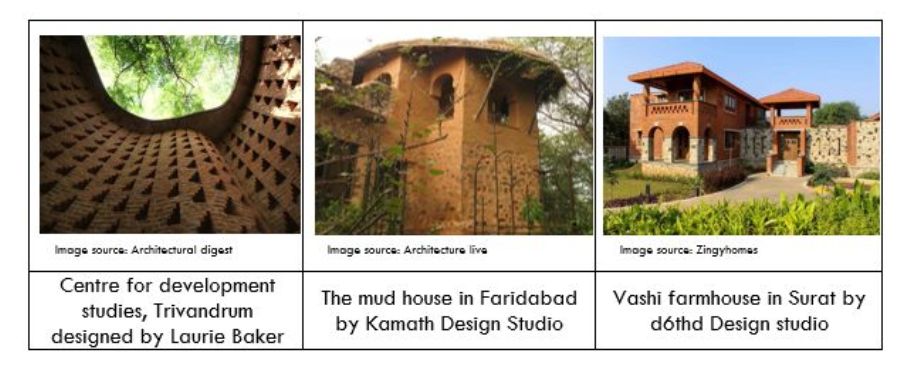
 Santhosh Kumar, Vice Chairman – ANAROCK Property Consultants
Santhosh Kumar, Vice Chairman – ANAROCK Property Consultants
When the scion of one of the world’s most iconic real estate brands comes to India to help market yet another luxury homes project – this time in the Millennium City of Gurgaon – the market sits up and takes notice.
By all standards, the upcoming Trump Towers are a sizeable undertaking – the 47-storey towers will put 250 exclusive units on the market, with completion and possession slated for 2023.
As can be expected from such an iconic development by a brand that has already made a strong imprint in Mumbai, Pune and Kolkata, the price tags are astronomic, ranging from INR 55-110 million.
This gives rise to a logical question – at a time when the luxury housing market in India has yet to pull itself out of the doldrums, is there any appetite for such an offering? Let’s examine some facts.
In the Asia Pacific region, India ranks 4th in the list of countries with largest HNI population. The HNI stratum of the Indian population largely remains shielded from the macroeconomic risks,

